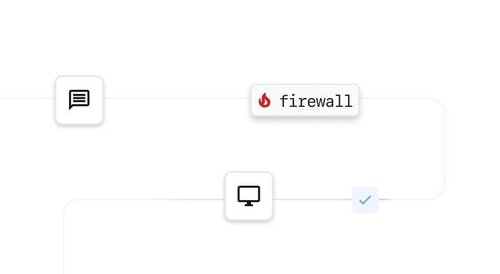Deliver Real-Time Device Communication and Control Without the Complexity
Power low-latency, secure messaging between devices, services, and platforms without managing persistent connections or building custom infrastructure.
Launch Device Connectivity Fast with Production-Ready Infrastructure
Focus on building real-time device experiences while PubNub handles the complexity of cross-network delivery, global routing, and infrastructure reliability.
Cross-Network Messaging
Deliver real-time messages across firewalls, NATs, and complex topologies—no special configuration or custom transport layers required.

Lightweight SDKs for Constrained Devices
Connect devices with limited resources using efficient SDKs built for low memory, bandwidth, and CPU environments.

Sub-100ms Message Delivery
Stream telemetry, send commands, or sync state with consistent low-latency performance across global regions.

High Concurrency Without Socket Management
Scale to thousands of connected devices without managing persistent sockets, brokers, or connection pools.

Reliable Connections & Offline Recovery
Reconnect devices seamlessly and replay missed messages with built-in message history and buffering.

Monitor and Manage Every Device in Real Time
Operate distributed device networks with precision—track status, control behavior, and enforce security at scale.
Device Presence Tracking
Monitor online, idle, and offline device status in real time to improve responsiveness and fleet awareness.
Remote Commands & Control Logic
Send targeted commands or run control-plane logic using serverless Functions—no polling required.
Role-Based Access & Token Security
Enforce permissions with fine-grained access control and token-based security across devices, users, or environments.
Message Auditing & Delivery Insights
Debug communication issues and verify delivery status with built-in monitoring, auditing, and logging tools.
Stream, Sync, and Scale Messaging Globally
Power real-time device workflows across edge and cloud without worrying about infrastructure or regional performance.
Edge-Aware Routing & Global Reach
Deliver messages quickly and reliably with global PoPs and intelligent routing across regions.

Hybrid Cloud & Edge Compatibility
Run seamlessly in edge-first or hybrid environments without rewriting your architecture.

Scalable Architecture for IoT Workloads
Handle 10 or 10,000+ device connections with low latency, high throughput, and zero infrastructure management.

Integrate with Cloud & Data Platforms
Stream data into analytics systems, AI pipelines, or third-party platforms using Functions and APIs.

Why PubNub for Real-Time Device Communication?
Reduce time to market with production-ready messaging infrastructure
Avoid persistent socket management and complex networking code
Gain real-time visibility and control over distributed device fleets
Scale from prototype to global deployment without re-architecting
Speak to an Expert
"Looking to enable real-time communication across your IoT devices? Contact our sales team to discover how PubNub powers seamless, low-latency messaging at the edge.
